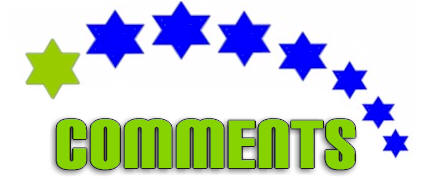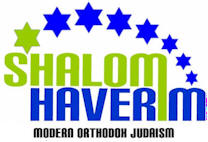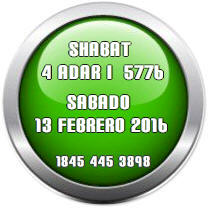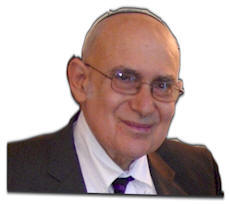Parashas Terumah - 5776
The Beginning of the Temple Parashios
Parashas Terumah teaches us what are
considered legitimate donations to
HaShem’s Temple: “Speak to the
Children of Israel and let them take for
Me a donation…And this is the donation
which you should take from them: gold,
silver and copper; and turquoise, purple
and scarlet wool and goat hair. Red-dyed
ram skins and badger skins and acacia
wood. Oil for illumination, spices for
the anointment oil, and the aromatic
incense…shoham precious stones, and
stones for the settings, for the Ephod
and the Breastplate. They shall make a
Sanctuary for Me, that I may dwell among
them.” (Shemos 25:2-8)
So much for the physical garb of the
Sanctuary. But what was done there? For
that information, we must turn to the
Book of Vayikra, wherein is described
the sacrificial activities that took
place in that bastion of Holiness of the
Jewish People. For details, I will turn
to Rabbi Natan Slifkin’s “Torah
Encyclopedia of the Animal Kingdom.”
“Though both the groups of domesticated
and wild animals include kosher members,
there are several differences in Jewish
Law between the rules governing the
slaughtering and the eating of members
of each group. One difference is that
sacrificial offerings may only be
brought from domestic animals. The
Midrash suggests a reason for the
exclusion of wild animals:”
“Rabbi Berechia bar Shimon said: ‘The
Holy One, Blessed be He, said, ‘I have
given over ten kosher animals to you.
Three are in your possession, and seven
are not in your possession – “This is
the animal that you shall readily
eat: the ox, the sheep and the goat;
(and these you will have more difficulty
in obtaining:) the deer, the gazelle,
the hartebeest (“yachmur”), the ibex (“akko”),
the oryx (“dishon”), the aurochs (“teo”),
and the wild sheep (“zamer”)” (Devarim
14:4) I have not bothered you for
them, and I have not told you to ascend
the hills and struggle through the
forests in order to bring offerings from
the types that are not in your
possession; only from that which is in
your possession, which has grown at your
trough.” (Midrash Yalkut Shimoni,
VaYikra 21:643)
“Misidentification of Deer and Gazelle:
The identity of the ayal
as the deer is certain and unequivocal.
It has the same name in numerous
regional languages; there is a universal
tradition regarding its identification;
and it perfectly and uniquely matches
the description given in Scripture and
Talmud (notably, possessing branching
horns).”
‘Meshaveh raglai ka-ayalos ve-al-bamosai
ya’amideini”
“He sets my feet like those of deer, and
stands me upon my high places.” (II Sam.
22:34, Ps. 18:34)
“Gazelle:
The tzvi is one of the most
commonly misidentified creatures in the
Torah. Europeans and North Americans
have long identified it as a deer;
hence, a common Jewish name is Tzvi
Hirsch, since Hirsch is Yiddish for
deer.”
“However, nearly a thousand years ago,
Rashi pointed out that the deer does not
match the Talmud’s description of the
tzvi…”
“Rav Sa’adiah Gaon, however, identified
the tzvi with the almost
identical name in Arabic, the tavi,
which is the gazelle. This
perfectly matches the Talmud’s
understanding of its being an animal
with horns that are not branched…Why
then did Rashi and other European
scholars not identify the tzvi as
the gazelle? The answer is extremely
straightforward; there were no gazelles
in Europe!”
“The word tzvi appears multiple
times in Shir HaShirim together with the
word ayal:
“Domeh dodi le-tzvi, o le-opher ha-ayalim,
hineh, zeh omed achar kosleinu,
mashgiach min ha-chalonos, metzitz min
ha-charakim.”
“My beloved is like a gazelle, or a deer
fawn, behold, he stands behind our wall,
looking thru the windows, peering thru
the lattice.” (Shir HaShirim 2:9)
“The gazelle, always a symbol of love,
represents the hope of an exiled people
that they will reunite once again with
their Beloved Creator.”
L’Illuy Nishmas beni, Aharon Baruch
Mordechai, ben Pinchas Menachem










